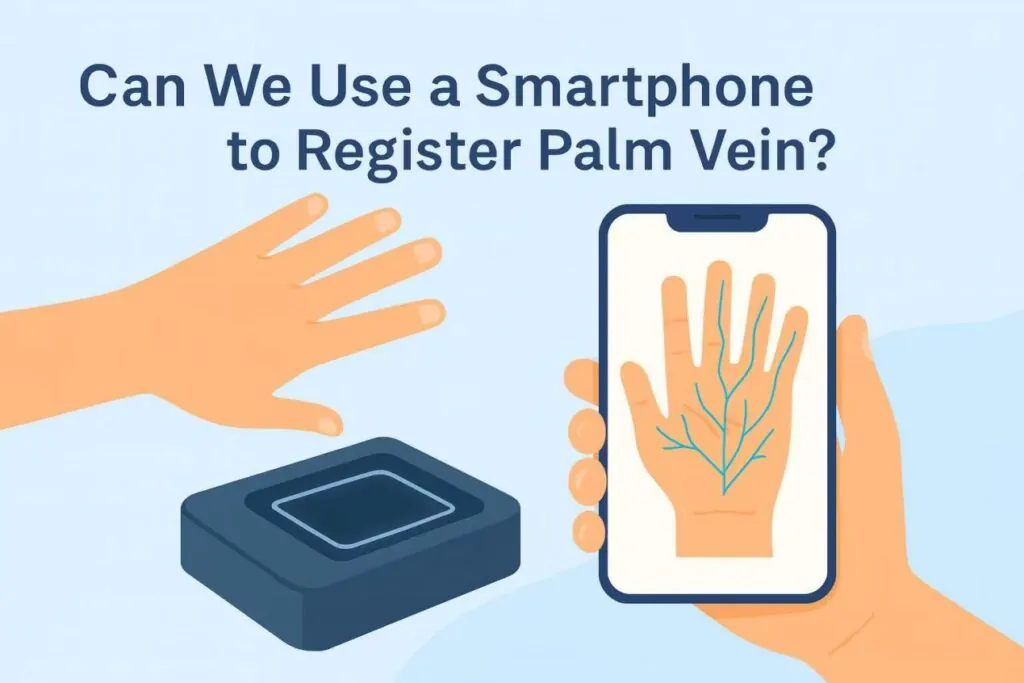Meta Description:
Learn why Tencent WeChat Pay no longer allows palm registration via smartphone cameras and how X-Telcom’s BioWavePass Palm Vein Technology provides a secure, AI-driven, and globally deployable solution for biometric payments.
Introduction
With the rise of contactless payments, palm vein recognition has become a major trend in biometric authentication. Platforms like Tencent WeChat Pay have shown how palm-based payment can deliver both convenience and security — allowing users to simply wave their hand to complete transactions.
However, one common question remains:
“Can we use a smartphone camera to register our palm vein for payment?”
The short answer is no — and the reason lies in how biometric data is captured, encrypted, and verified. At X-Telcom, our BioWavePass Palm Vein Technology follows the same secure design principles as WeChat Pay, built to meet global standards for accuracy and data protection.
How WeChat Palm Pay Registration Works
The Tencent WeChat Pay Palm Registration process separates user authorization from biometric collection:
Registration via WeChat App
- Users go to WeChat Pay → Biometrics → Palm and agree to register.
- The phone app only serves as an authorization gateway, not a biometric scanner.
Palm Capture on Certified Devices
- Users must visit a POS terminal or kiosk equipped with a Palm Vein Scanner.
- The scanner collects both RGB and infrared (IR) images of the palm’s vein network.
- Data is encrypted and sent securely to WeChat Pay’s backend, where a unique palm ID token is linked to the user’s WeChat account and wallet.
Secure Data Handling
- No biometric data is stored on local merchant devices.
- All information is encrypted and managed within Tencent’s secure cloud environment.
This method ensures accuracy, data integrity, and regulatory compliance across millions of WeChat Pay transactions daily.
📸 Why Smartphones Can’t Replace Palm Vein Scanners
Tencent previously tested registration via smartphone cameras, but this method was permanently discontinued due to inaccuracy and data vulnerability.
| Limitation | Explanation |
|---|---|
| No Infrared Imaging | Palm vein identification depends on infrared (IR) light to detect subcutaneous blood vessels — invisible to standard phone cameras. |
| Lighting Variations | Ambient light and hand position affect image quality, leading to inconsistent or failed captures. |
| No Built-in Encryption | Certified scanners instantly encrypt biometric data, while smartphones cannot meet secure payment hardware requirements. |
For this reason, all current WeChat Palm Pay registrations must be performed using certified palm vein devices, not phone cameras.
X-Telcom’s BioWavePass: Built for Secure Palm Vein Payment
At X-Telcom, we’ve transformed this proven concept into a global solution — the BioWavePass Palm Vein Technology.
Our system combines RGB + IR imaging, AI-based algorithms, and on-device encryption to achieve industry-leading results:
- Ultra-secure – Each palm vein pattern is unique, impossible to duplicate or forge.
- Fast & Accurate – 0.35-second recognition with a 99% success rate in databases of up to 5 million users.
- AI-Powered Precision – Dual-spectrum imaging ensures consistent performance under any lighting condition.
- Flexible Integration – SDK and API support for payment, eKYC, and access control applications.
Our flagship devices — XT-WavePass500 Android Terminal and XT-PalmVein01 USB Module — bring WeChat-level biometric accuracy to fintech, transportation, retail, and government sectors.
From China to the World
WeChat’s success has shown that palm vein authentication is not just a local innovation but a global standard in the making.
X-Telcom’s BioWavePass Technology extends this concept internationally, enabling:
- Secure Palm Vein Registration and Verification for digital wallets.
- Integration into local fintech and banking systems.
- Deployment across POS terminals, access gates, and kiosks.
Conclusion
A smartphone camera can see your palm — but only BioWavePass can see who you truly are.
The future of biometric payment depends on infrared-based palm vein scanning, not surface-level imaging.
By following Tencent WeChat Pay’s proven security framework, X-Telcom’s BioWavePass delivers the same trusted accuracy and encryption — now available for deployment worldwide.
Learn more
Meta Description:
Learn why Tencent WeChat Pay no longer allows palm registration via smartphone cameras and how X-Telcom’s BioWavePass Palm Vein Technology provides a secure, AI-driven, and globally deployable solution for biometric payments.
Tags:
#XTelcom #BioWavePass #PalmVeinTechnology #WeChatPay #Tencent #Weixin #PalmPay #BiometricPayment #ContactlessPayment #Fintech #Security #Innovation



